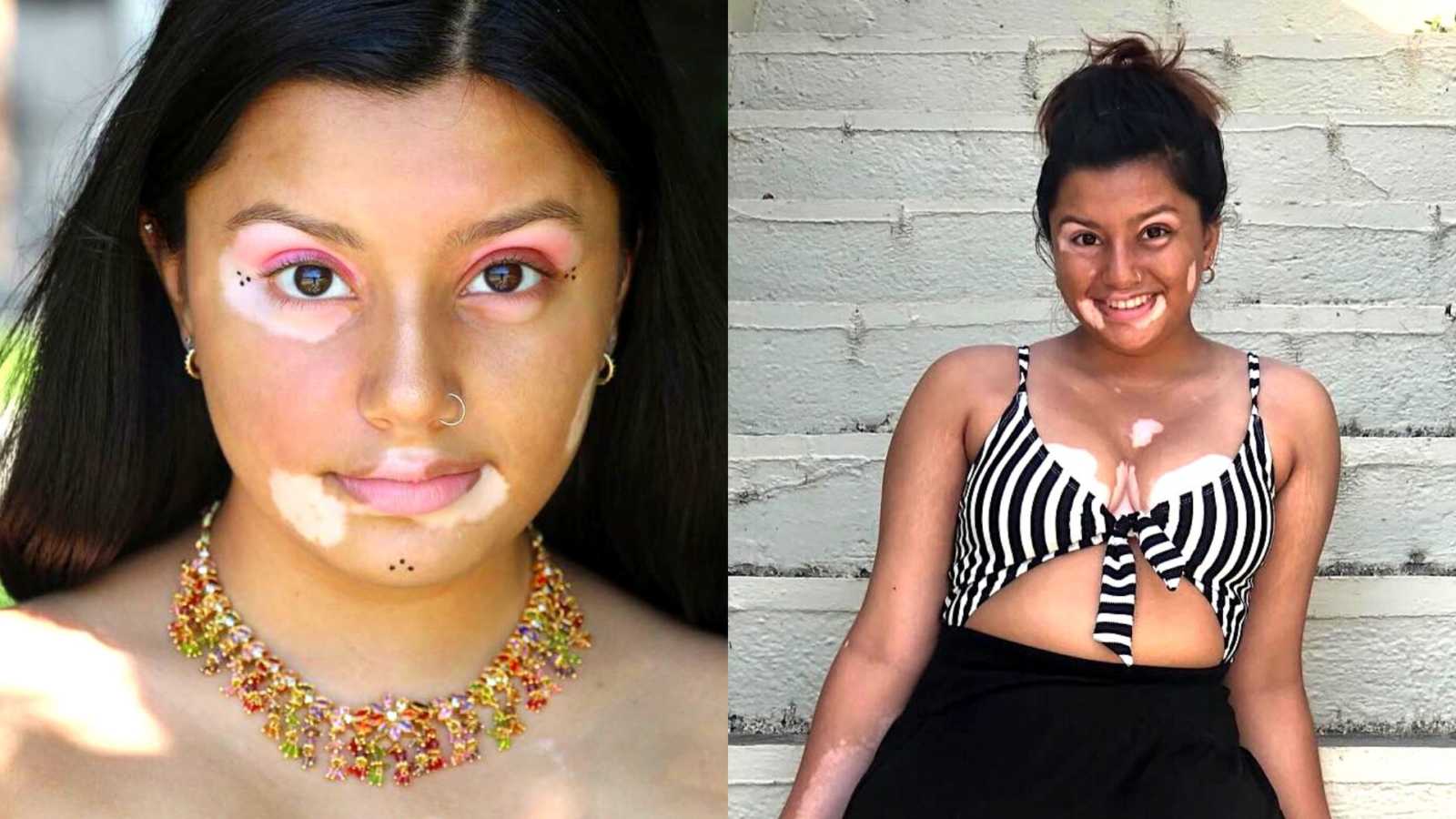“I remember being confronted by strangers when I was five or six years old and asked where they could find my parents. They always wanted to suggest different remedies that might help get rid of my vitiligo, or skin condition. One person told my mom, ‘She can get laser treatments!,’ even though I was about 5 years old and it was an extremely intense treatment.
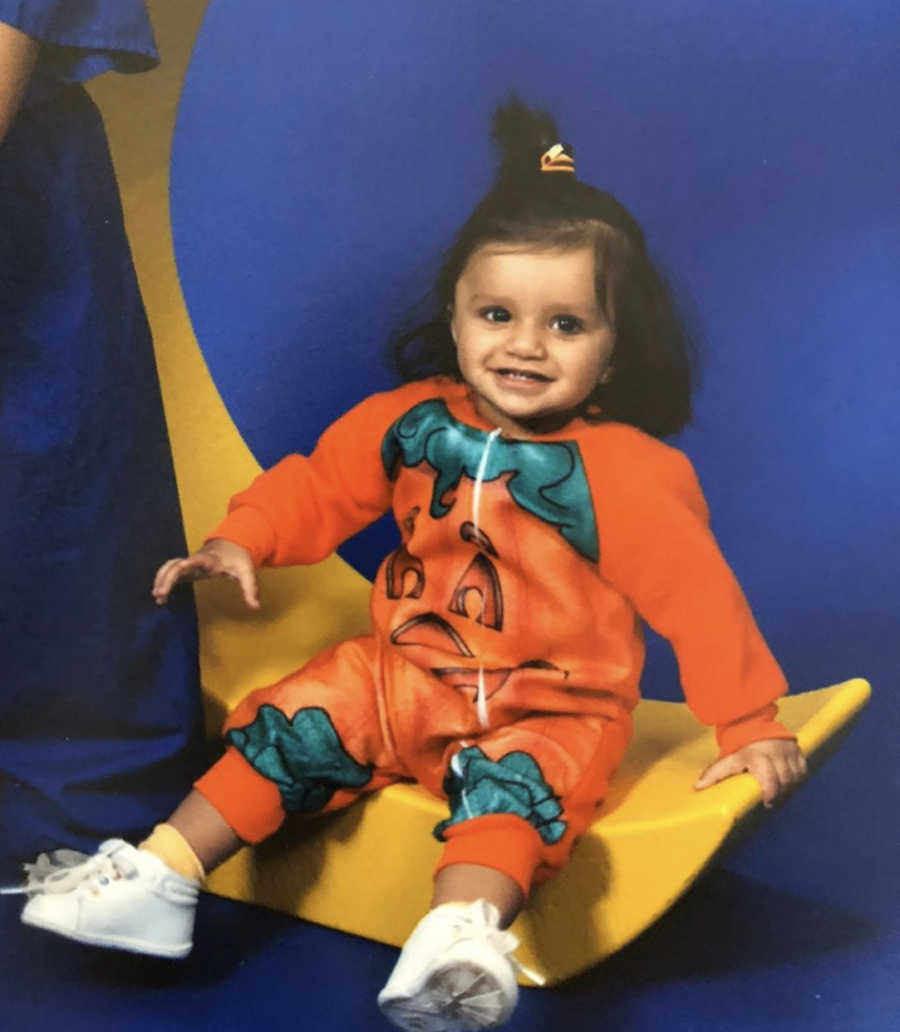
Although I always knew it would be yet another person trying to offer advice about how to get rid of my vitiligo, I would pretend it was someone who thought I could be a model, or someone who wanted to compliment me. Unfortunately, I was disappointed every time.
I was diagnosed with vitiligo at the age of five, and I went through what seemed like hundreds of Ayurvedic doctors in the span of about five years. Vitiligo is the discoloration of skin due to a lack of melanin production in the body.
Every day was a constant struggle between my confidence and the doctors who implied there was something wrong with me. That burden, along with the constant bullying and teasing from my peers was enough to bury me in depression. I remember in summer camp after first grade, girls would run away from me because they did not want to ‘catch my disease.’ I never told my family any of this because they were already burdened with the fees for doctors and treatment for my vitiligo. I thought I could deal with it myself.
When I was thirteen years old, I had come to terms with the fact there was nothing I could do to remove my skin condition. It had become part of who I am, so I focused on new physical features I could obsess over instead. It began with my acne. As a teenager it was not atypical for me to have pimples, but I refused to accept the fact that my experiences were normal. Every night, I would stare in the mirror, worrying about how to clear my skin and look as pretty as the other girls in my school. Finally accepting my pimples were an effect of my hormones, and there was not much I could do to remove them, my attention shifted towards my weight.
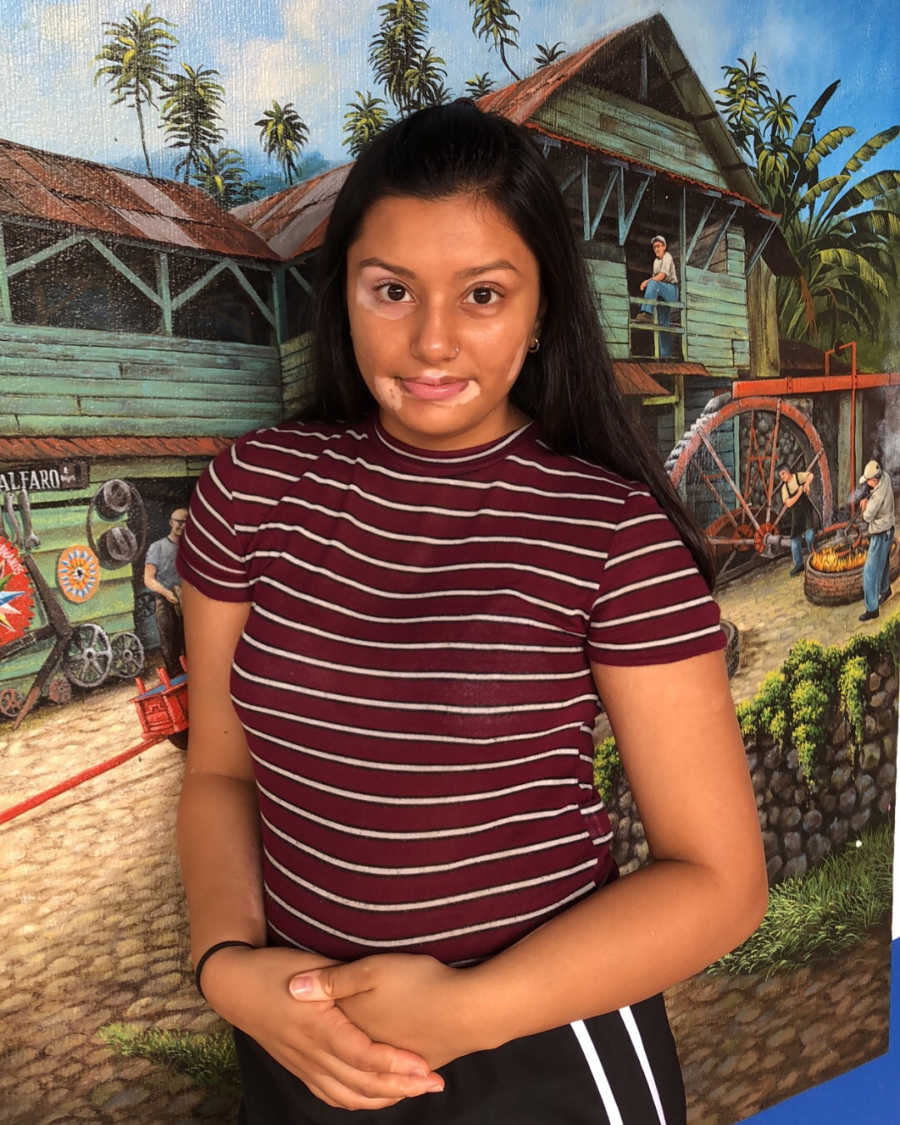
Unlike most people with eating disorders, I intentionally actually WANTED anorexia, or to at least be diagnosed with it. Every day, while throwing away my lunch in school, or doing sit-ups in my bedroom, I would reassure myself, ‘as soon as someone notices something is wrong, I will stop.’ I was waiting for the attention. The thing is, anorexia is like an addiction. I started to feel proud when I lost weight; I started setting goals of how much food I could get away with skipping, or how many pounds I could lose by the end of the week. At first, people did compliment me on my weight loss. I was always thin to begin with, but the more I lost weight, the more people asked me what my ‘secret’ was to losing weight so fast. It encouraged my eating disorder because I felt proud of myself.
The first time finally someone noticed I had a problem, I was thirteen and weighed about sixty pounds. My sibling was the first to notice my anorexia. They contacted my mom, claiming my rapid weight loss and restriction hinted towards an eating disorder. At the time, my parents were not well informed about mental health disorders, so they assumed my problem would be fixed with some pressure and tough love. I was actually excited to go to treatment because it was the first time someone believed there was something wrong with me. I was determined to stay so I wouldn’t have to go back out into the world and deal with the stress.
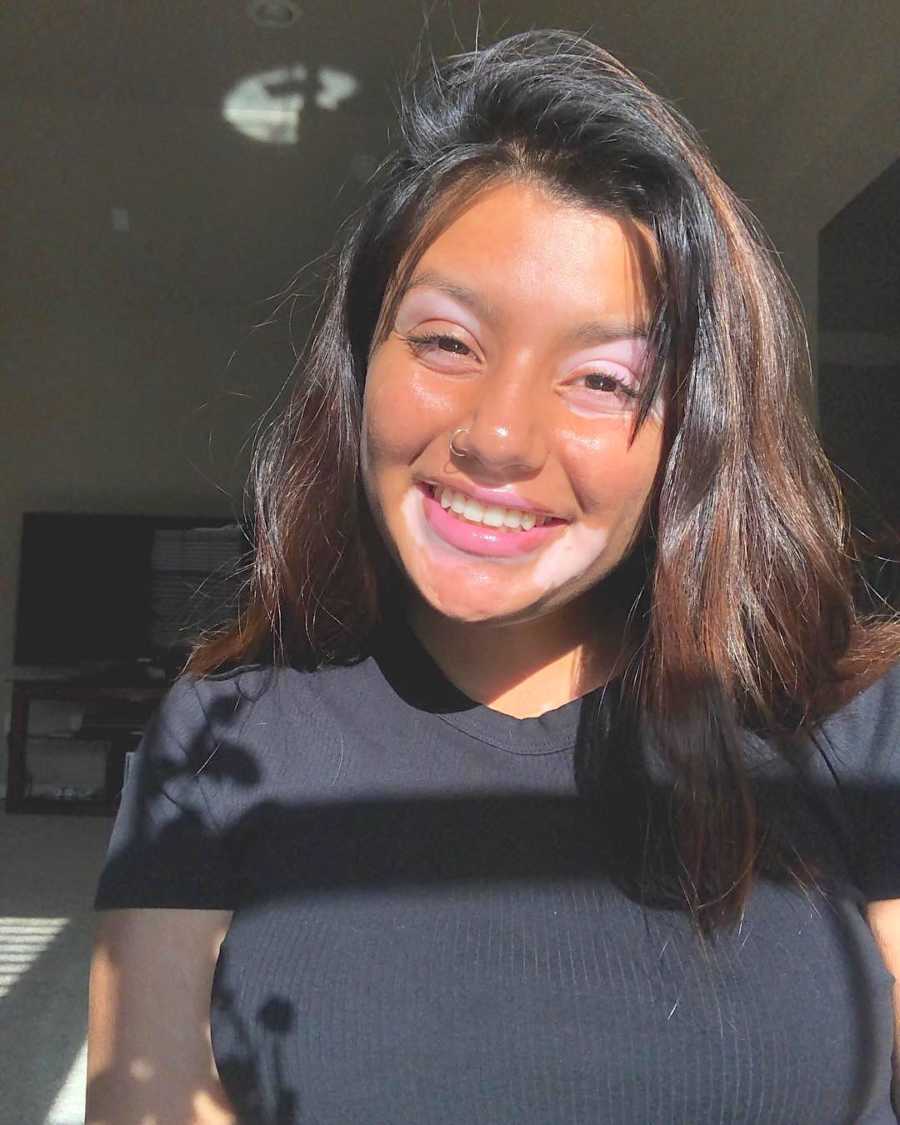
Even after going through years of inpatient treatment, my eating disorder was my best friend and the only thing I could rely on to never let me down. Just before my freshman year of high school, I moved across the country to start a new life with my parents. The only thing I did not leave behind was my anorexia, which comforted me during my phase of being the ‘new girl.’
As expected, I was put into treatment again for maladaptive tendencies, or behaviors adopted to try to reduce anxiety or avoid certain feelings. Besides my eating disorder, I was also struggling with self harm and suicidal thoughts. I fought treatment for the longest time, even exercising in the bathroom during my inpatient treatments and planning what day of the week I would skip a meal. It was not until the end of my stay at the Renfrew Center in the ninth grade that I realized I was worth the fight for life.
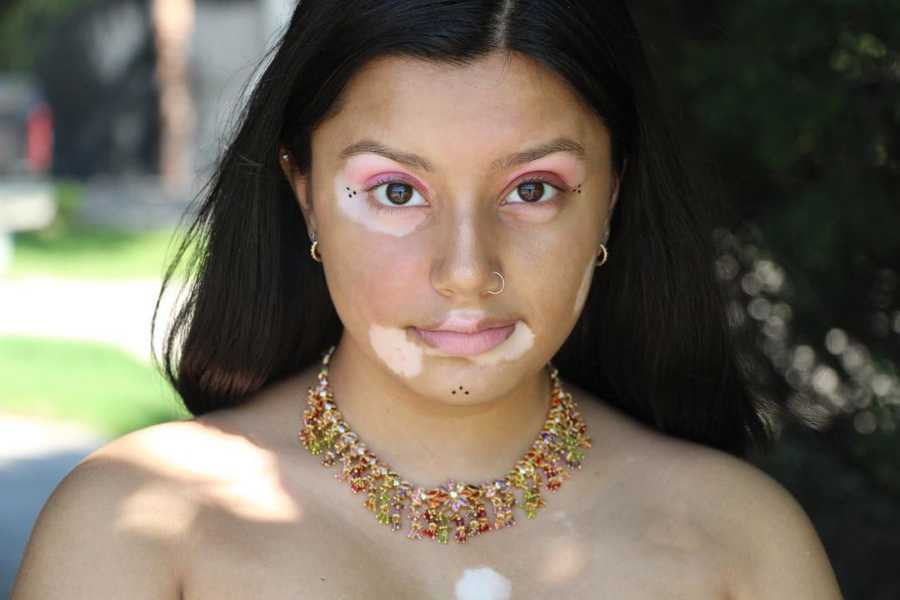
The most difficult moment at treatment was when I was forced to be discharged from the first time. I didn’t want to leave because it was a safe place where I was always treated with respect. The best part was being with people who understood me. We became a family. My therapist at Renfrew, Edith, told me, ‘You are the most influential person I have ever met and I will remember you always.’ That made me feel good.
No matter how long it has been since I’ve left treatment for good, I still struggle from time to time to maintain a healthy diet or think positively of myself and my physical appearance. People still make rude comments. I get a lot of people asking if it’s makeup. Usually, I just say, ‘oh that’s just my skin,’ and give them a smile to throw them off.
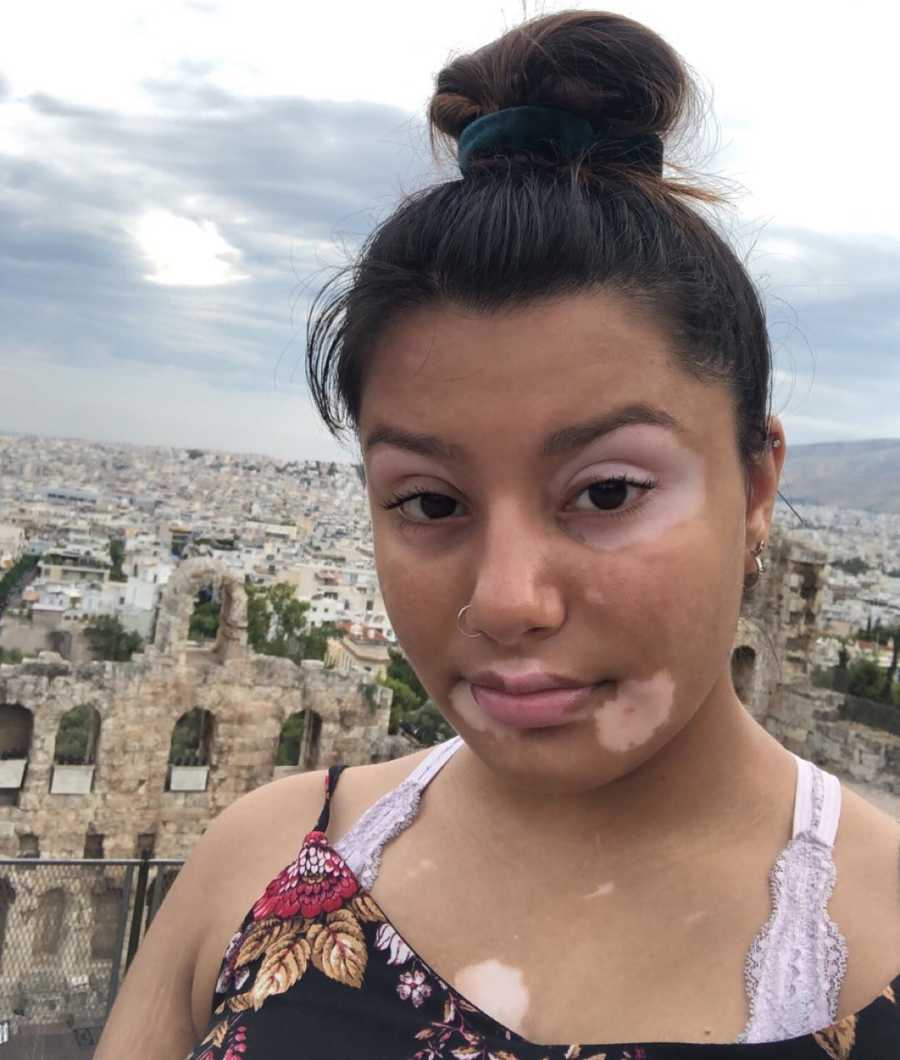
My goals for the future keep me on track. I originally wanted to be a therapist because I felt I had an obligation to help others who were going through the same struggles as me. When I dealt with my own experiences of racism, ridicule, and sexual assault I actually felt helping to legally fight issues like these would improve mental health in the long run.
That led me to want to become a civil rights attorney as I also lost my friend to gun violence this past summer and the case went cold. I want to prevent this from happening again. Since I want to be an attorney, I had to come to terms with the fact that I cannot help anyone if I am in a hospital myself.
Always remember your passions cannot be accomplished if you are struggling yourself. Recovery has been a rocky road, but more importantly, it has been worth it.”
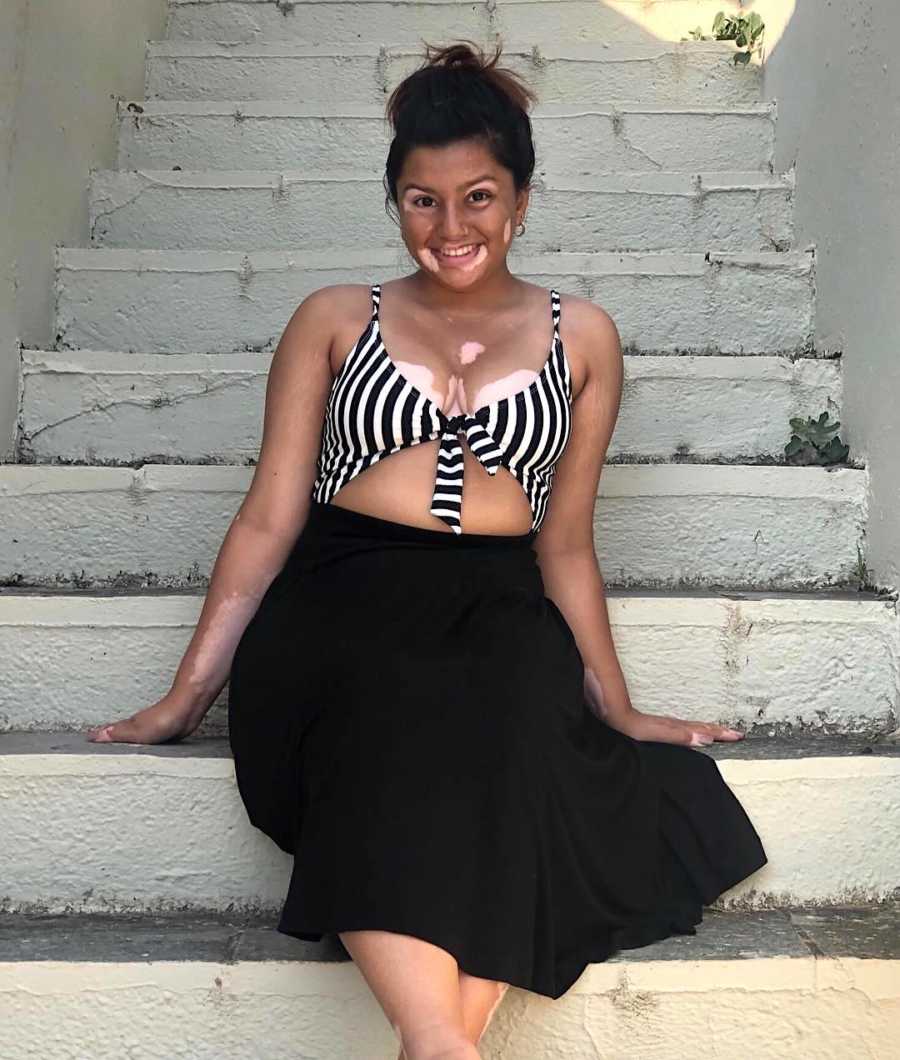
This story was submitted to Love What Matters by Sawni Bhatt of New Jersey. You can follow her journey on Instagram. Do you have a similar experience? We’d like to hear your important journey. Submit your own story here. Be sure to subscribe to our free email newsletter for our best stories, and YouTube for our best videos.
Read more inspiring stories about people with skin differences here:
Provide hope for someone struggling. SHARE this story on Facebook and Instagram to let them know a community of support is available.

